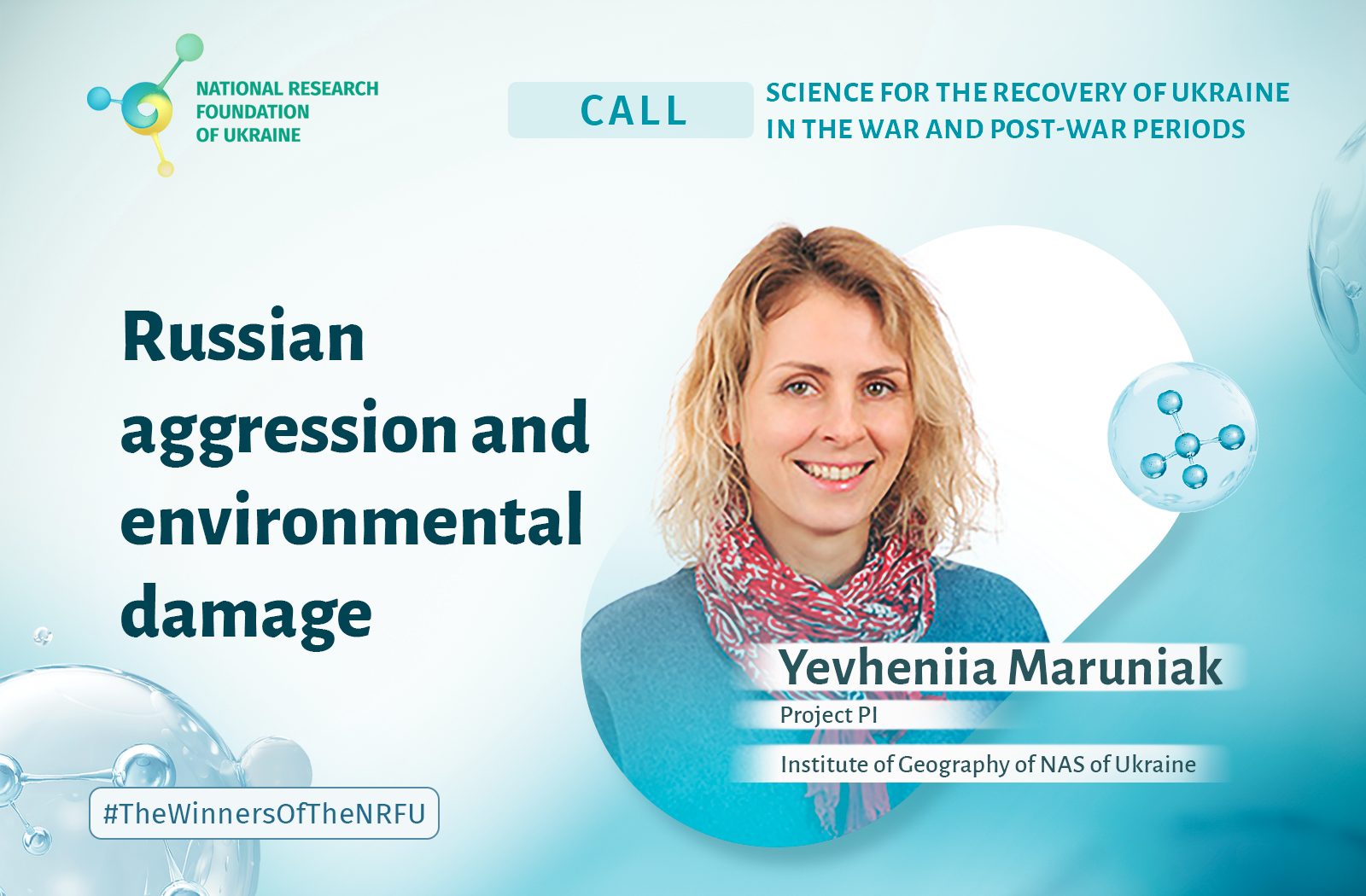What happens in galaxies where black holes merge? How do these holes interact with the outside world? How to quickly analyze the data of the most powerful telescopes, for the processing of which astronomers would have to work “manually” for decades?
Scientists from the Main Astronomical Observatory of the National Academy of Sciences of Ukraine are looking for answers to these questions.
Maximum funding and meticulous expertise
Peter Bertsyk, the project supervisor and head of the Department of Physics of Stars and Galaxies of the MAO recalls the day when they learned about winning the call, with a smile: “Youths were so happy that, probably other galaxies could hear it, – he jokes. – By the way, the scale of this project is the merit of the young part of the team. I offered to make a much more moderate plan (a habit that money for science is constantly lacking), and young colleagues insisted that we should finally do what we had long dreamed of”.
Under the terms of the call, if the project provides maximum funding, it is evaluated only by foreign experts: “We were ready for the most meticulous examination,” said the project manager. “I am glad that colleagues from abroad appreciated the project very highly”.
Galaxy collisions
What kind of research do astronomers perform?
Peter Bertsyk said that the project is dedicated to the evolution of active galactic nuclei (these are nuclei in which a black hole is in the active phase and interacts with gas and stars).
The project, carried out by a team of scientists from Kyiv and Kharkiv, has two components: the first is numerical modeling of the interaction of black holes with the environment, the second is the analysis of observations and the creation of general catalogs of active galactic nuclei. Both components require painstaking work and consideration of a huge amount of data.
Astronomers have chosen galaxies with double nuclei for observations. “These galaxies are merging today,” said Mr. Peter. “Each of them had a black hole, the merger of which we are modeling”.
Competing with the best one’s
Astronomers observe black holes in particular with the help of gravitational waves. “Before, we only assumed that gravitational waves exist, but now we know that for sure. Our task is to predict where and when they can be observed”, said the interlocutor.
These studies are at the forefront of astronomy. Ukrainian scientists have to compete with other, extremely strong teams and institutes. In particular, one such institute for the study of gravitational waves was established in Beijing a few years ago.
Mankind “sees” more than it can systematize
The second component of the project – the analysis of observations and the creation of catalogs of active galactic nuclei, helps to solve a serious problem of astronomy – to process huge arrays of data that accumulate due to the so-called large digital surveys of the sky. “Several decades ago, there were not enough data from” celestial “observations,” the scientist explained. “Today, humanity” sees “more than it can process, think about and systematize”.
Because humans cannot process the observations of a million space objects at once, scientists are using artificial intelligence to process the data. One of the young members of the team, Vladimir Akhmetov, builds multilayer neural networks of artificial intelligence, trains them according to modern catalogs and then, in particular, determines whether the object of observation is the active core of the galaxy or not.
Trillions of operations per second
Of course, it would not have been possible to complete this project without special equipment, so four accelerator graphics cards (which teach artificial intelligence and numerical simulations) and computers were purchased with the NRFU grant funding.
With the help of graphics cards purchased with the NRFU funds, scientists can perform several tasks simultaneously. “Of course, you need to be able to write codes for these accelerators”, said the project supervisor. “It’s not easy, because every year something changes, new parameters are added that need to be taken into account”.
Not looking for easy ways
The project should be completed by the end of 2022 and, although there is still time, a lot has been done: “In three months last year, we prepared for publication four articles in top international magazines”, said the interlocutor. “This year – eight more, in particular, an article about the merger of three black holes in the galaxy NGC 6240. These are very important publications”.
Scientist advised his colleagues who are preparing applications for new the NRFU competitions to realistically assess their background and opportunities. In other words, it is worth showing that the team will really be able to carry out the project with a certain amount of money.
Svitlana GALATA






